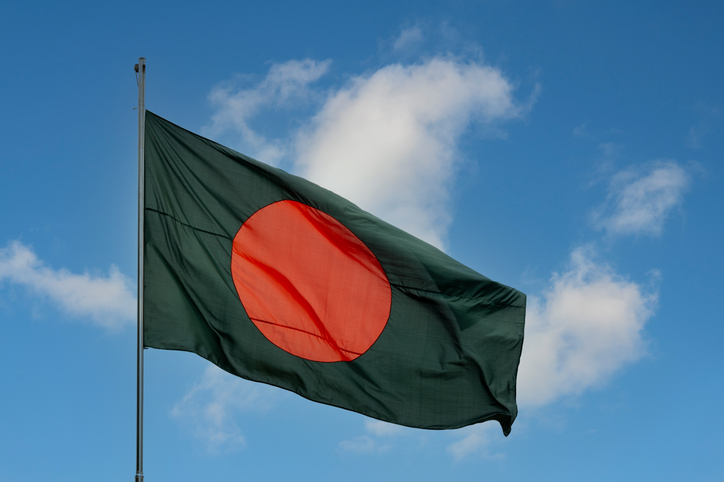Bangladesh’s recovery from the COVID-19 pandemic continues to be impacted by high inflation, a balance of payments deficit, financial sector vulnerabilities, and increasingly limited job opportunities for its youth—particularly women and educated young people—the World Bank said on Tuesday.
The latest Bangladesh Development Update highlights how global and domestic factors have created a challenging macro-fiscal environment. Bangladesh’s real GDP growth slowed to 5.2% in FY24, driven by weak consumption and exports.
The World Bank projects further deceleration to 4.0% in FY25, with sluggish investment and industrial activity, before rebounding to 5.5% in FY26, setting the country back on a more robust growth path.
“In recent years, Bangladesh’s growth has not translated into sufficient job creation for the large number of youth entering the job market every year. Particularly, educated youth and women have struggled to find jobs that meet their aspirations,” said Abdoulaye Seck, World Bank Country Director for Bangladesh and Bhutan.
The report also warns of growing income inequality, particularly in urban areas. Between 2010 and 2022, Bangladesh’s Gini index—a measure of income inequality—rose by nearly three points, from 0.50 to 0.53. It emphasizes the need for urgent and bold reforms to restore strong, inclusive, and sustainable growth.
Despite a decline in the overall unemployment rate between 2016 and 2022, young people, particularly in urban areas, face significantly higher unemployment. Job opportunities for urban, educated youth have dwindled, and large industries like the ready-made garment sector have experienced stagnation in job creation. Since 2016, while employment in Dhaka grew, three divisions—Chattogram, Rajshahi, and Sylhet—reported significant net job losses, the report added.
Inflation, primarily driven by high food and energy prices, averaged 9.7% in FY24. Although inflation spiked in July, it moderated slightly in August. The World Bank expects inflation to remain elevated in the near term but gradually ease in the medium term if supply-side disruptions stabilize and prudent monetary and fiscal policies are implemented.
The fiscal deficit moderated slightly to 4.5% of GDP in FY24 and is expected to remain within the government’s target of 4.3% in FY25, though fiscal space for productive expenditures is expected to increase only gradually. The implementation rate of the Annual Development Plan declined to 80.9% in FY24, down from 85.2% in FY23.
The current account deficit narrowed to $6.5 billion in FY24, due to reduced imports and strong remittances. Although remittances fell in July due to disruptions, they later rebounded. The balance of payments deficit also showed improvement.
“Pressure on the external sector is expected to persist through FY25, easing only if global conditions improve and exchange rate flexibility increases,” said Dhruv Sharma, World Bank Senior Economist and co-author of the report.
In May 2024, Bangladesh Bank introduced a crawling peg exchange rate system as part of its transition toward a market-driven exchange rate. This move helped reduce the gap between formal and informal exchange rates.
Although the banking sector faces tight liquidity conditions and elevated non-performing loans, Bangladesh Bank has prioritized restoring stability and discipline within the financial sector while managing inflation, the report said.
By – Navalsang Parmar (Dhaka)














